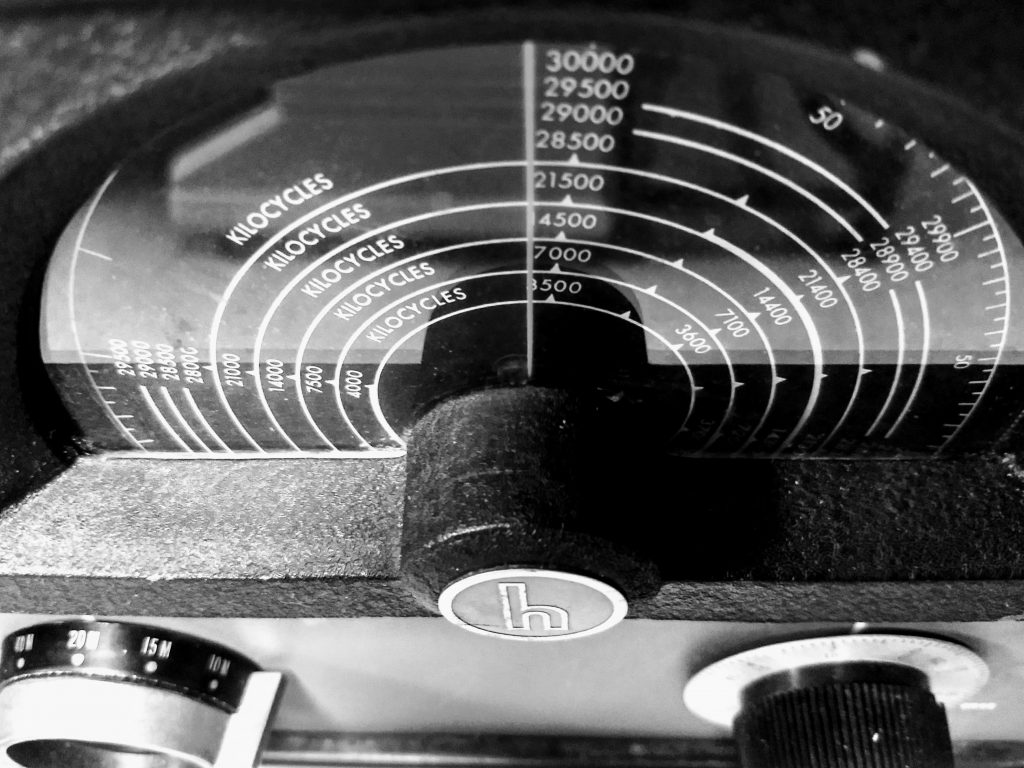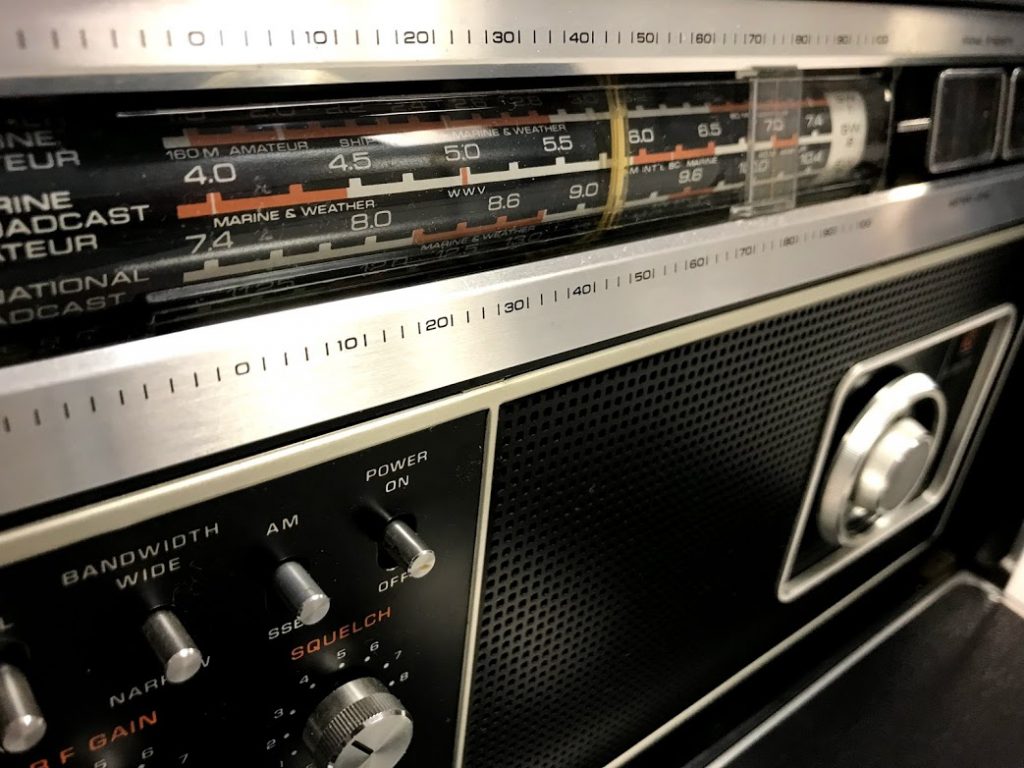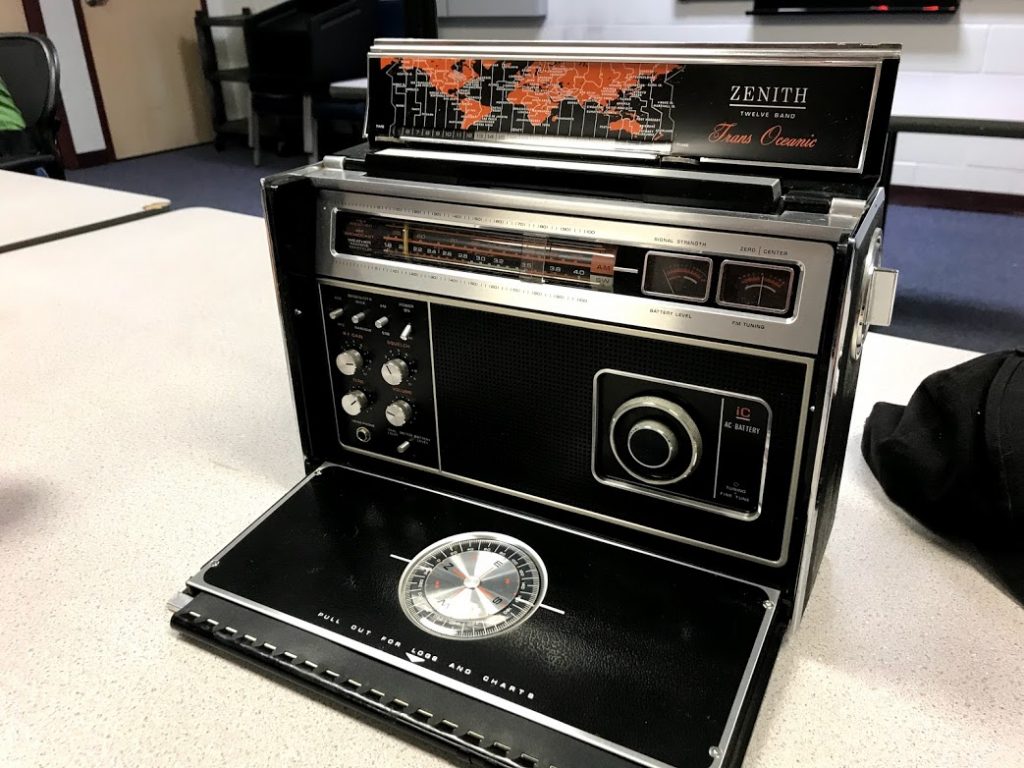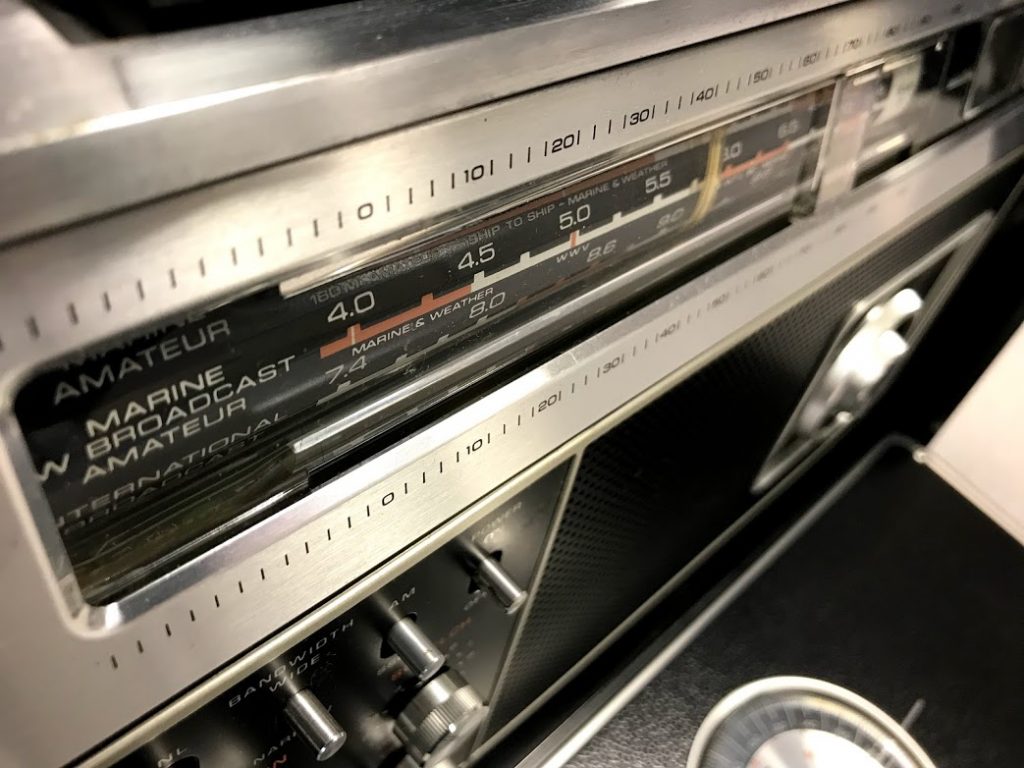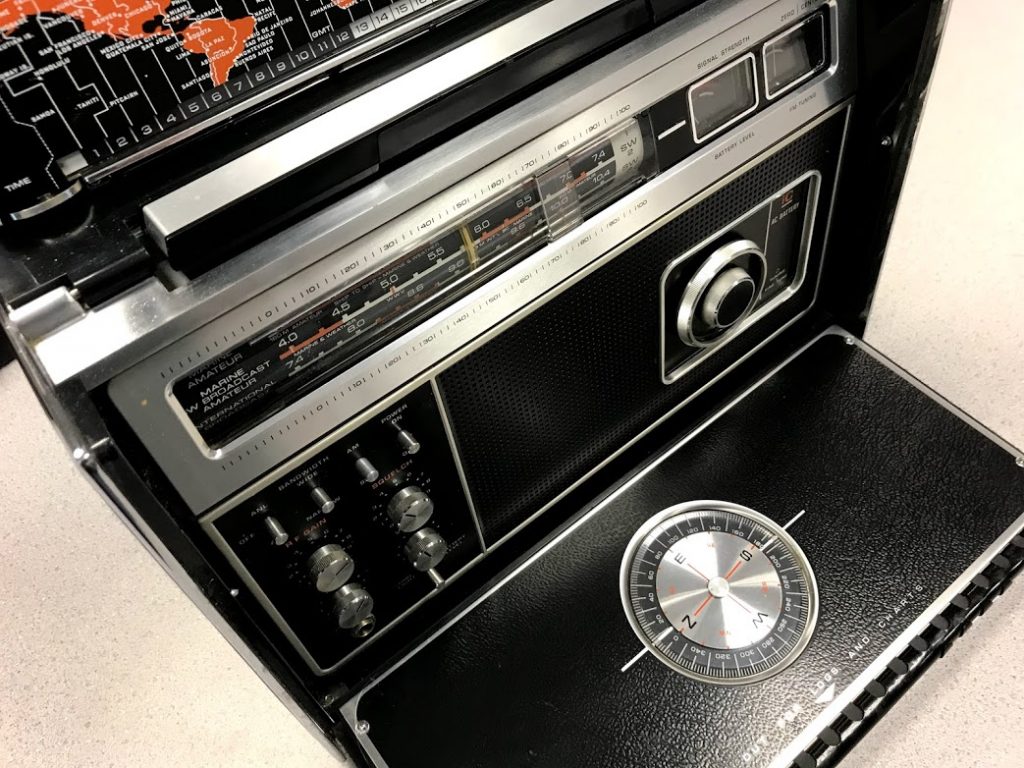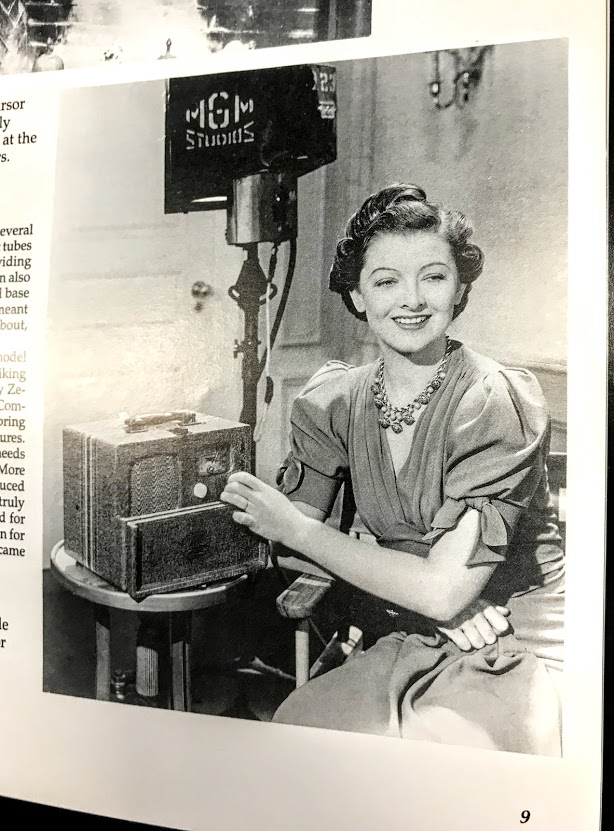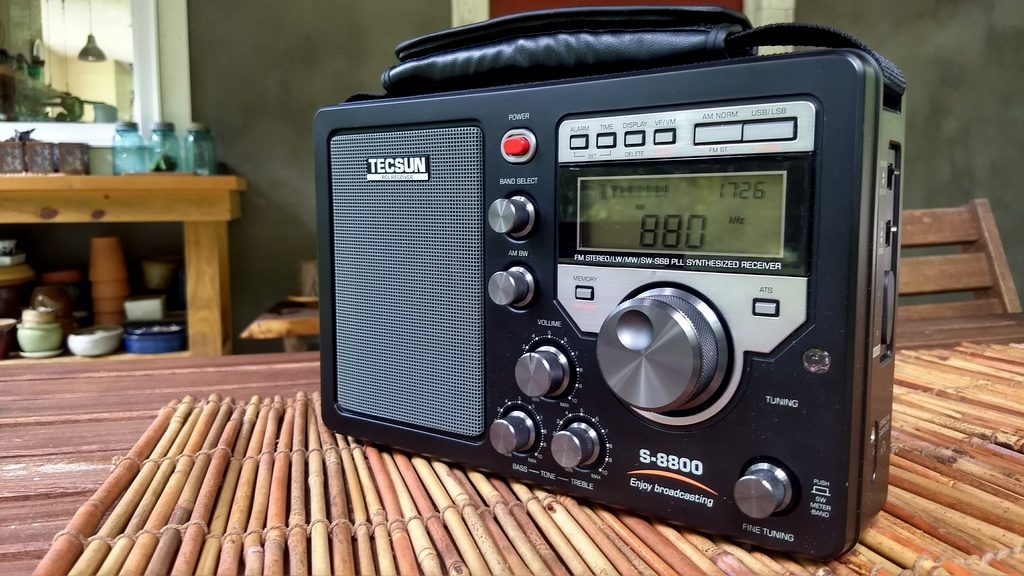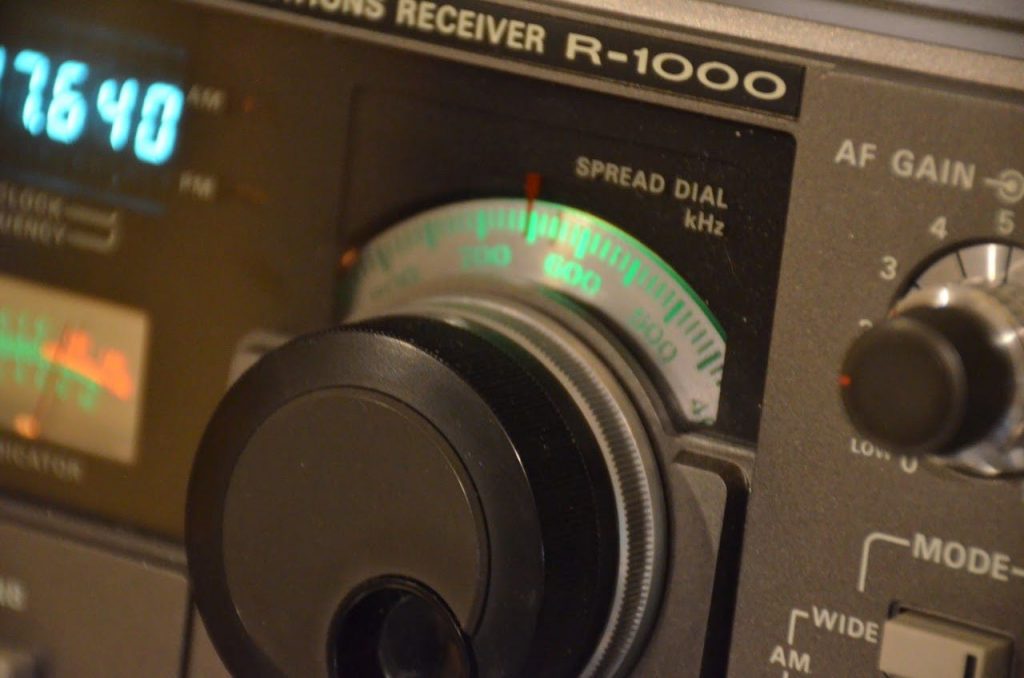
Many thanks to SWLing Post contributor, Ed (K4CWM), who notes that Radio Exterior de España have announced they’re expanding their shortwave broadcast schedule. Ed has kindly translated the press release into English (click here to read the original in Spanish):
Radio Exterior de España to increase its short wave broadcast schedule
Radio Exterior de España, the international channel of RNE will broadcast eight hours a day from Monday to Sunday on short wave starting on October 28th . It is an increase of four hours in the transmission that was previously made from Monday to Friday.
With this increase, Radio Exterior of Spain sets a new stage that reinforces its programming with new features of its own production. This will augment public service and promote and disseminate Spanish culture and language. In short, it strives to place Spain on the global horizon of the time in which we live.
“En clave turismo“, “A golpe de bit“, “Without a doubt“, “Said with music” and “Tiempo flamenco” are incorporated into a consolidated program along with features such as “Españoles en la mar“, “Marca España” , “Punto de enlace“, “Mundo solidario“, “Artesfera“, “Open Europe“, “America today“, “Africa today” and “Asia today“. Programs to which is added the emblematic “A language without borders”, in-keeping with its mission to take Spanish culture to all corners of the world.
From a technical point of view, Radio Exterior de España will broadcast its programming from Monday to Friday, for West Africa and the South Atlantic, the Middle East, the Indian Ocean and Gran Sol, from 16:00 to 24:00 UTC.
The emission frequencies:
- West Africa and South Atlantic, 11,685 KHz, 25 meter band.
- Middle East, Indian Ocean and Gran Sol, 12,030 KHz, 25 meter band .
For North and South America, Radio Exterior de España will broadcast short-wave, from Monday to Friday, from 19:00 to 03:00 UTC.
The emission frequencies:
- South America, 11,940 KHz, 25 meter band.
- North America and Greenland, 9,690 KHz, 31 meter band .
On Saturdays and Sundays, the RNE International Channel will transmit its signal from 15:00 to 23:00 UTC. The emission frequencies and the coverage areas are the following:
- West Africa and South Atlantic, 11,685 KHz, 25 meter band .
- South America, 11,940 KHz, 25 meter band .
- North America and Greenland, 9,690 KHz, 31-meter band.
- Middle East, Indian Ocean and Gran Sol, 12,030 KHz, 25 meter band.
In addition to eight hours per day of shortwave transmission, Radio Exterior de España broadcasts its 24 hour uninterrupted programming through the Internet, DTT, mobile applications and satellite:
- Ses Astras 1M: frequency 11.626.5 MHz. Vertical polarization.
- Hispasat 1E: frequency 12,052 MHz. Vertical polarization.
- Asiasat 5: frequency 3,700 MHz. Vertical polarization.
- Eutelsat 5 West A: frequency 3,727 MHz. Right circular polarization.
- Intelsat Galaxy-23: frequency 4,191.35 MHz. Vertical polarization.
The changes in programming and frequencies are effective from October 28, 2018 to March 31, 2019.
Many thanks for the tip, Ed!

